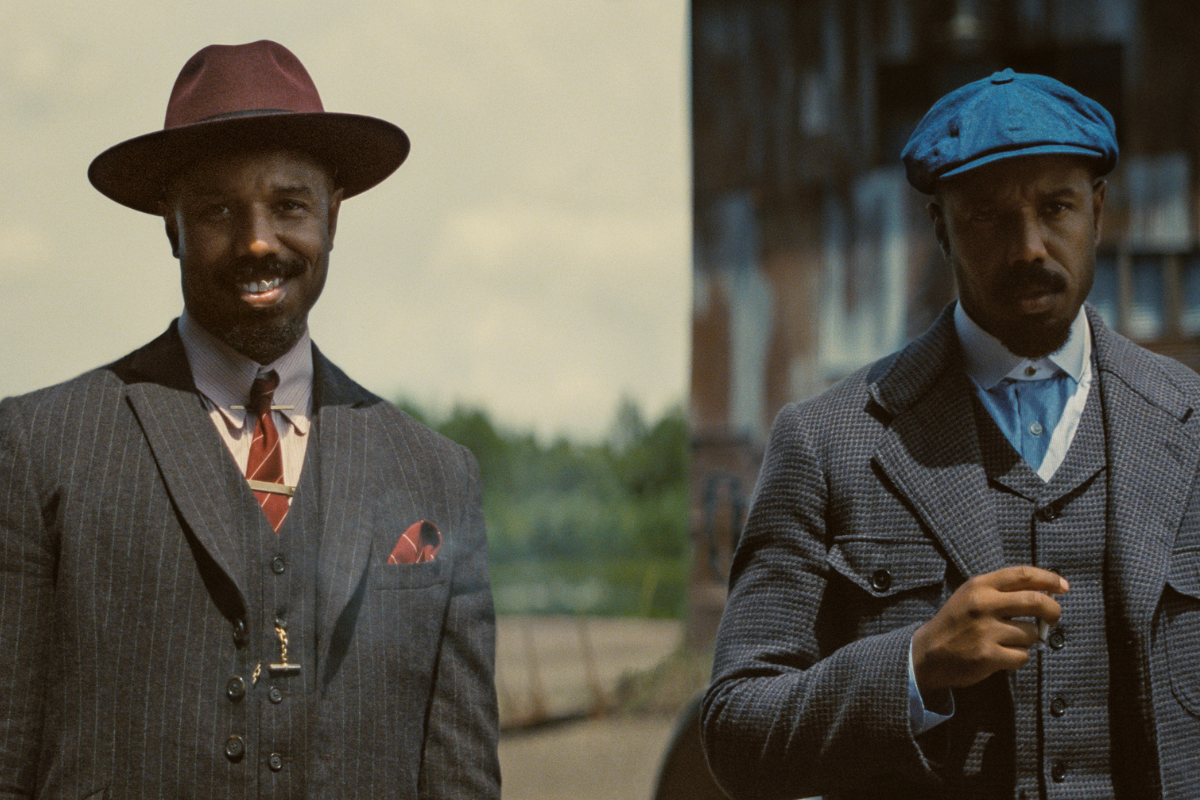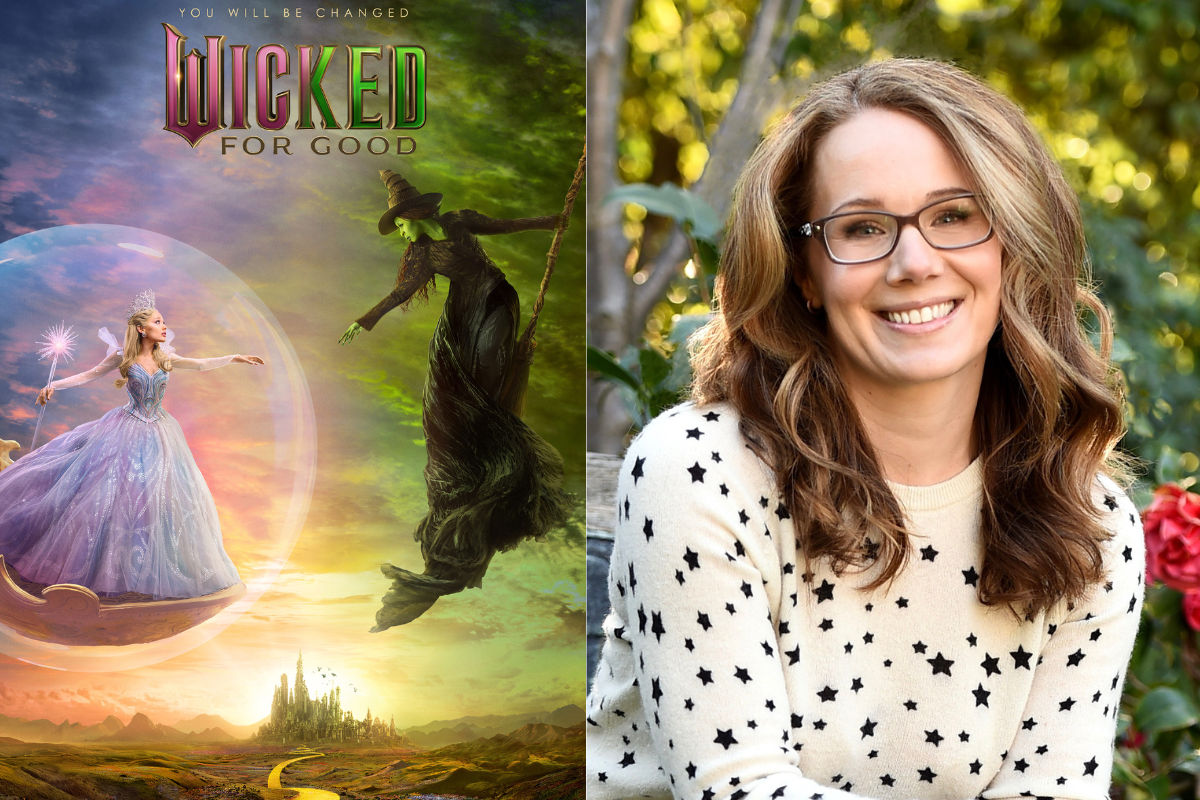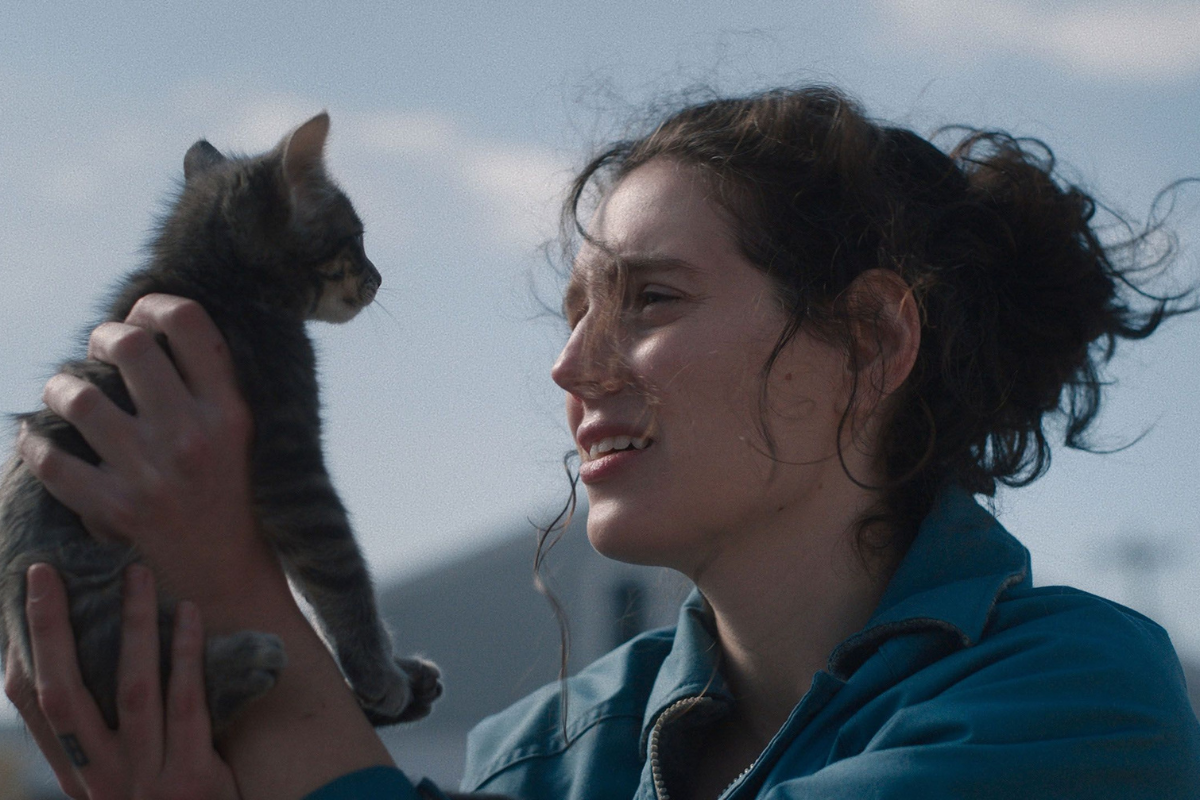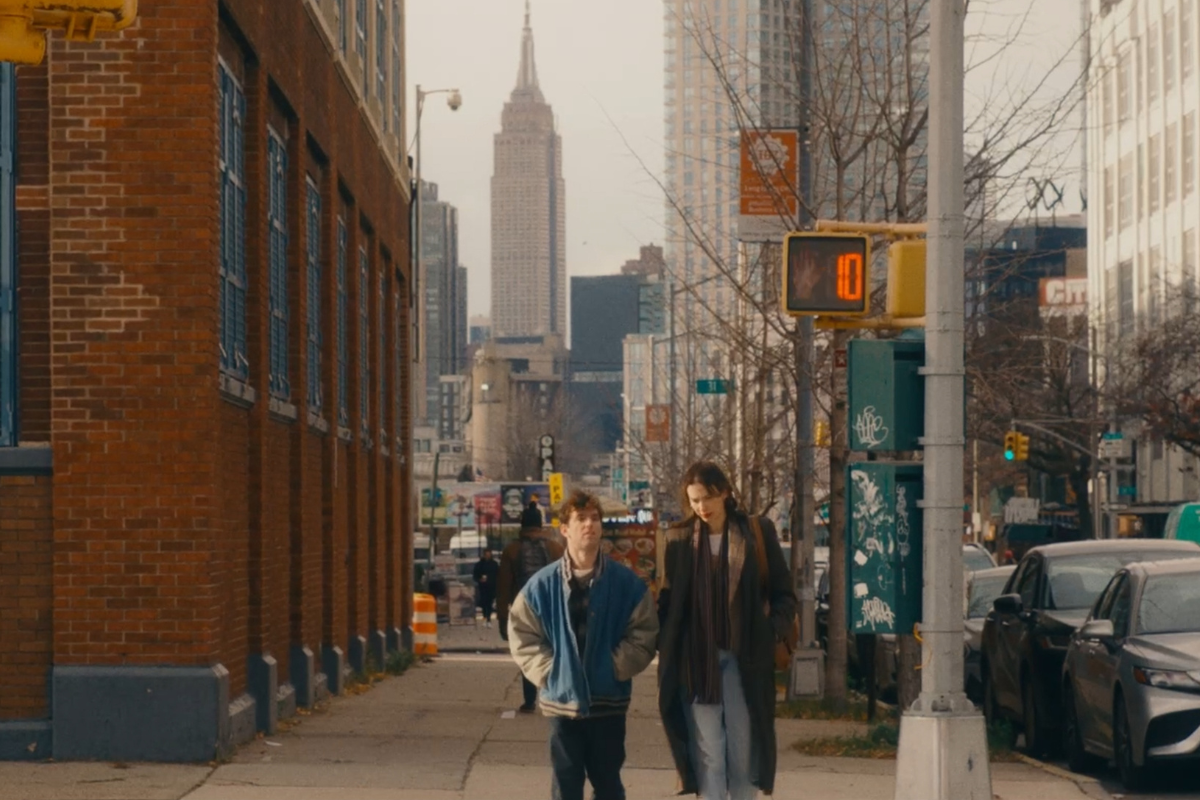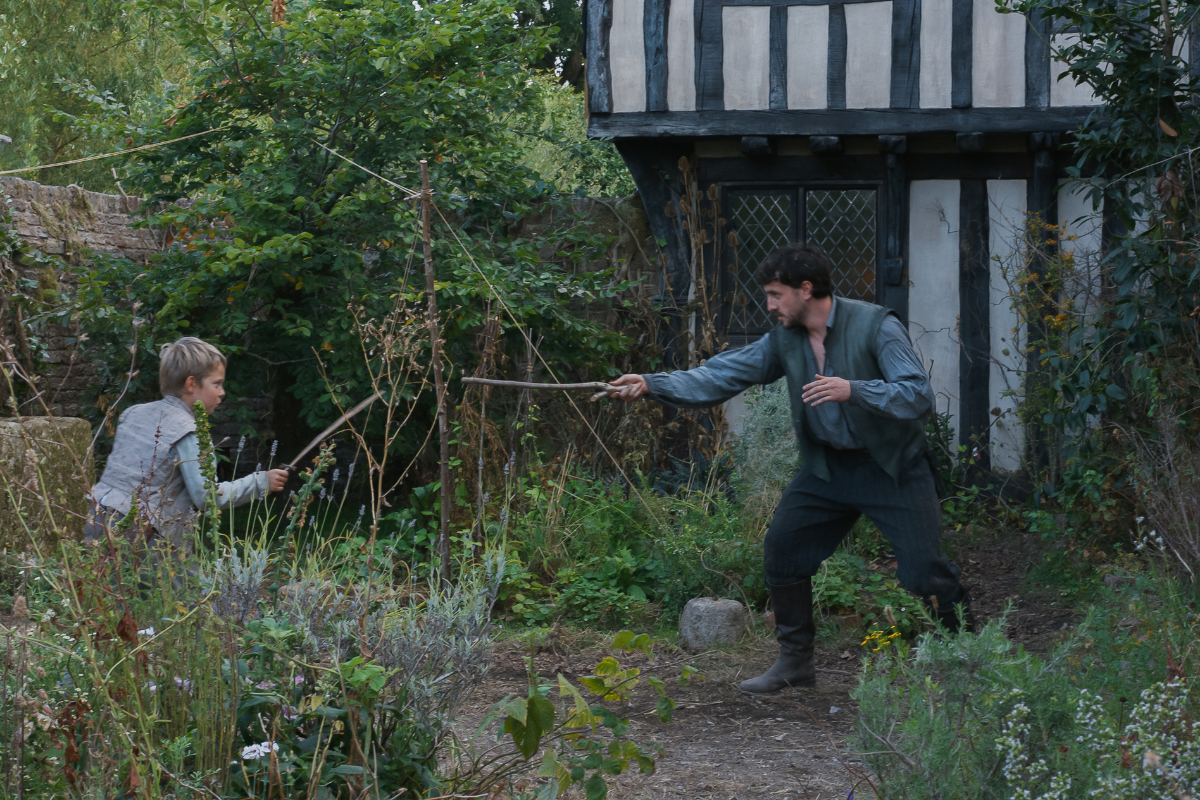Caught Stealing’s Charlie Huston on Adaptations That Catch Interest
Charlie Huston shares how they drew from their own life to coach Hank onto the page and into the spotlight roughly twenty years later.
The slice-of-the-nineties crime drama Caught Stealing can’t help but love its protagonist, Hank, a former ballplayer who winds up in the clutch with mobsters and more when he cat-sits for a neighbor.
Played by Austin Butler, Hank is a New York City bartender and a functioning alcoholic with a vulnerability that makes other characters and viewers want to see him get his act together. I found the film more a character study than a typical thriller, something screenwriter Charlie Huston took as a compliment.
“Ideally, you want him to grow up,” Huston said in a recent talk over Zoom. “Part of the premise behind that character was this idea of these people who are super successful from a very young age, and they’re rewarded for doing one thing. In Hank’s case, when he lost baseball, he lost his sense of self. He’s kind of locked into being a child … a very endearing child … which is also very typical of being an alcoholic, you know, arresting your development. One of the shocks of getting sober when you’re older is suddenly realizing, oh [expletive], I’ve got decades here of emotional and spiritual maturity I have to acquire.”
Huston adapted Caught Stealing from their 2005 novel of the same name, a story that intrigued the film’s director, Darren Aronofsky, even back then. Here, Huston shares how they drew from their own life to coach Hank onto the page and into the spotlight roughly twenty years later.
“I Drew From What I Knew”
Caught Stealing holds an 84% “fresh” rating at RottenTomatoes.com. Now available on streaming, it has a DVD and Blu-ray release set for November.
Critics and audiences called it “a diverting, pulpy caper” with charismatic performances from Butler (Eddington), Zoë Kravitz (The Studio), Vincent D’Onofrio, Liev Schreiber, Regina King, and Griffin Dunne. “The film is brutal—filled with bad luck, questionable choices and broken bodies—but it’s also thrilling, propelled by Butler’s performance and Aronofsky’s compassion for the flawed,” one said.
That compassion came easily. “Hank really was drawn from inside me. … I was a hot mess,” Huston said with a laugh. “It was a classic first novel in that I drew from what I knew.”
Like Hank, Huston was a thirtysomething bartender living in the East Village and struggling with sobriety. (They’re now in recovery.) Writing added discipline to the day and opened a space to wrestle with “my intensions for what I thought my life was going to be.”
Huston’s original dream had been acting, not baseball, but Huston felt adrift much like Hank does and found a community in the Big Apple.
“The apartment he lives in, the bar he works in, all my regulars, the homeless fellow on the street … Well, that was my guy that lived out in front of my apartment. And depending on the day, he might wave a knife at me, or I might get a big hello, just kind of depending on where he was in his journey.”
“I Don’t Know If You’ll Remember Me …”
The book, which author Harlan Coben (Gone Before Goodbye) called “edgy and brilliant,” soon attracted film interest. An agent sold an option on the manuscript. Aronofsky (The Whale) actually pitched Huston on developing the book into a script around 2008, but the writer had just taken an opportunity to write for TV. “It was just like, I couldn’t work artistically and creatively to develop something where there’s not a paycheck, you know?”
Huston went on to develop and write the 2015-2016 TV series Powers and write for the 2017-2018 TV series Gotham. They also wrote two more novels featuring Hank, among other books. Yet every so often, someone would ask about the film rights for Caught Stealing, so Huston finally knuckled down and crafted the first draft of a screenplay, figuring that would travel with the project whether they did or not.
In 2022, “I blew the dust off, and I thought, Well, it’s actually not too shabby.” Houston reworked and polished the script, then thought, “If I could show this to one person, it would be Darren, right? And through one thing or another, I was able to get my hands on an email address, so I just cold emailed Darren. I was like, ‘I don’t know if you’ll remember me…’ And he did.”
Just as before, Aronofsky liked the story and asked Huston to work on it. “I feel very blessed and really fortunate, because I don’t expect to ever have one go that way again,” Huston said. “It was a very old-fashioned way of developing a movie. You know, just a writer and a director getting together: ‘We want to make this. Let’s make it better. Let’s figure it out.’”
Changing Up Locations
A New York native, Aronofsky infused the film with his own affection for the city, from the lived-in grit and graffiti to the period soundtrack featuring Garbage, Sleater-Kinney, Marcy Playground, the Buzzcocks, and Soul Coughing.
Scouting locations inspired other changes. The neighborhood Huston wrote about had a new lineup, inspiring some ideas while Aronofsky proposed others. For instance, a chase that originally took place while Hank listened to a ballgame over the radio wound up onscreen involving Flushing Meadows, Shea Stadium, and the subway.
“I’m not precious about the work. It doesn’t change the book,” Huston said. “It was mostly about, how do I take this storytelling that’s in 280 prose pages and put it into a 100-page screenplay? I wanted a movie that would run 90 to 100 minutes.”
Aside from the pacing, they’re delighted with how the essence of Hank’s character stayed intact.
“It turned out that I had no gift for writing an action hero. I was so happy that we kept him that way in the movie, that there’s never really a point where he comes out on top in a fight. It’s more just by surprise. He never has a turn where all of a sudden, you know, straps on his six guns and really takes care of business. That’s not who he is, and that’s largely because I was writing from my perspective of, well, what would I do? How would I handle this? … Would I swing into action, or would I fall apart?”
“First and Foremost, Love It”
Huston, who has adapted other writers’ work, says distance can offer a perspective on what’s important to the story and what’s key about the characters.
“It’s that idea of, what are the things that are beloved about this that you don’t want to lose, but what are the aspects that are interfering with turning it into a cinematic experience?” Huston said.
“I think doing a draft that is just a schematic to start with, that’s just really like, I’m just going to do the most basic translation of this without thinking about it being cinematic … reveals a great deal about what may or may not work once it’s translated to film. I found when I’m doing that, I’ll hit parts in a story where it’s like, well, I have no idea how to describe this as a scene. I might end up plugging something into the draft that just says, ‘This is the scene where this happens.’”
But don’t hold the work at such a length that you strike out what makes it connect.
“First and foremost, love it. Make sure you’re adapting something whether you love the character, you love the whole thing, you love the story, you love the world,” Huston said. “There needs to be something that you love there so that you’re connected to it enough to carry through with the process.”
Valerie Kalfrin is an award-winning crime journalist turned essayist, film critic, screenwriter, script reader, and emerging script consultant. She writes for RogerEbert.com, In Their Own League, The Hollywood Reporter, The Script Lab, The Guardian, Film Racket, Bright Wall/Dark Room, ScreenCraft, and other outlets. A moderator of the Tampa-area writing group Screenwriters of Tomorrow, she’s available for story consultation, writing assignments, sensitivity reads, coverage, and collaboration. Find her at valeriekalfrin.com or on Twitter @valeriekalfrin.


